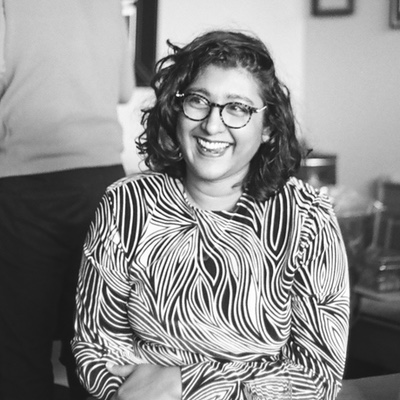When my wife Sabrena and I first got together in early 2017, she said I was her early birthday gift. Not actually knowing her birthday, I asked her when it was: exactly two months from when we got together.
You must understand, at that time I was a bit of a fuckboi and two months was a very long time for someone like me. I had no idea where I was going to be, who I was going to be with, or what I was going to do even two days ahead of time. Happily, things worked out: we have been together for seven years, and married for six of that.

Happy birthday to the love of my life!
In 2018, she agreed to marry me, and move to San Francisco with me, sight unseen. She'd never even been to the United States at that point.
The life we've built together here is wonderful and comfortable; exciting and engaging; fun and full of laughter. Here's to many more birthdays together.